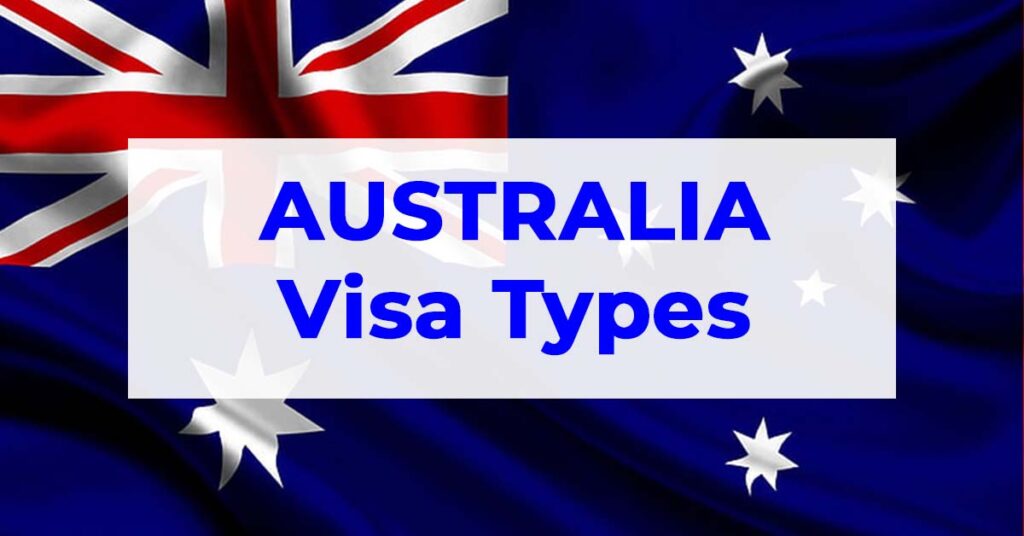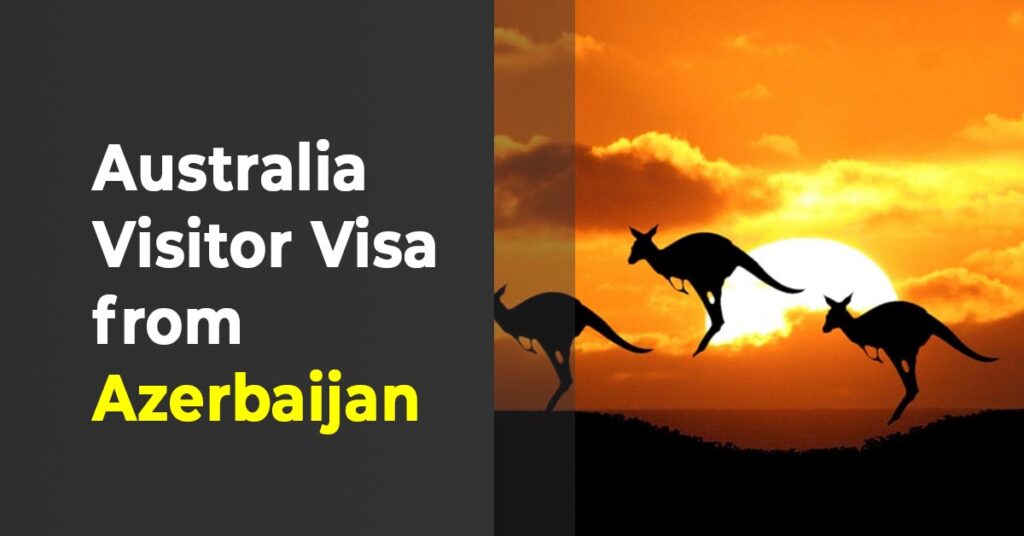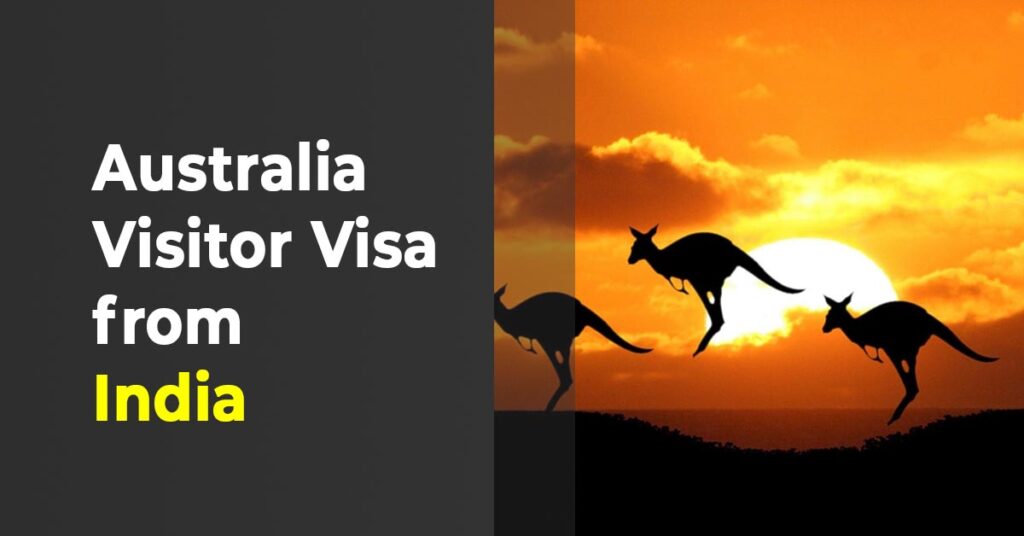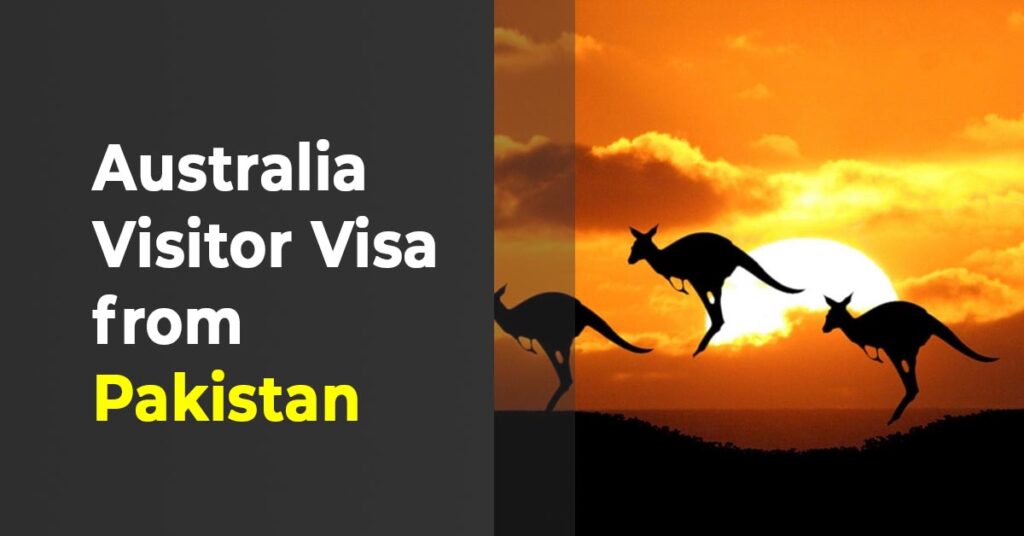The use of numbers in Australian visa types, such as subclasses (e.g., Subclass 482, Subclass 189, etc.), is a systematic way of categorizing and organizing the various visa options available in the Australian immigration system. To some applicant’s, navigating through Australia’s visa system can be complex. But don’t worry, this guide breaks down various Australian visa types in details, helping you understand which visa suits your needs, whether you’re visiting, studying, working, or planning to settle in Australia. So let’s understand the various Australian Visa types quickly.
Visitor Visas (Australian Visa Types)
Tourist Visa (Subclass 600):
Ideal for holidaymakers or those visiting family, this visa lets you explore Australia’s natural wonders and vibrant cities. You can generally stay up to 12 months. Applicants must show they have enough funds and no intention to work or study. It’s perfect for experiencing the Australian lifestyle and its famous landmarks.
Business Visitor Visa (Subclass 600):
Tailored for people visiting Australia for business reasons like conferences or negotiations. It doesn’t allow formal employment. Applicants should demonstrate business activities and ties outside of Australia. This visa is key for international business connections.
Electronic Travel Authority (ETA) (Subclass 601):
This is for short-term visits for tourism or business visitor activities. It’s available to passport holders from certain countries, allowing multiple entries for up to three months at a time over a 12-month period.
eVisitor (Subclass 651):
Similar to the ETA, this visa is for European Union passport holders. It allows for a 3-month stay per entry within a 12-month period. Ideal for tourists or business visitors from Europe.
Australian Student Visa
Student Visa (Subclass 500):
This visa allows you to participate in an eligible course of study in Australia. You can also work part-time to support yourself. The visa is valid for up to five years, depending on your course. It’s essential for international students seeking world-class education in Australia.
Student Guardian Visa (Subclass 590)
Designed for guardians of international students under 18 years (or over 18 in exceptional circumstances). It allows the guardian to live in Australia for the duration of the student’s course or until the student turns 18.
Work Visas - Australia
Temporary Skill Shortage Visa (Subclass 482):
For skilled workers to fill shortages in Australia’s workforce. Requires sponsorship by an approved employer. It’s a pathway for skilled professionals to contribute to the Australian economy.
Working Holiday Visa (Subclass 417) and Work and Holiday Visa (Subclass 462):
These visas allow young adults (18-30 years old) from eligible countries to work and travel in Australia for up to a year. It’s perfect for exploring Australia while gaining work experience.
Skilled Independent Visa (Subclass 189):
For skilled workers who are not sponsored by an employer, a state or territory, or a family member. Applicants must have relevant skills and qualifications for occupations listed on Australia’s skilled occupation list.
Employer Nomination Scheme (Subclass 186):
Allows Australian employers to sponsor highly skilled foreign workers for permanent residence in Australia. It’s a direct pathway to permanent residency for skilled workers.
Family and Partner Visas
Partner Visa (Subclasses 820 and 801):
For spouses or de facto partners of Australian citizens, permanent residents, or eligible New Zealand citizens. It offers a pathway to permanent residency.
Prospective Marriage Visa (Subclass 300):
For individuals planning to marry an Australian citizen or permanent resident. It allows you to enter Australia and marry your partner within nine months.
Parent Visa (Subclasses 103, 143, 173, 870):
For parents of Australian citizens or permanent residents. These visas vary in processing time and cost, offering parents a chance to live with their children in Australia.
Refugee and Humanitarian Visas
Refugee Visas (Subclasses 200, 201, 203, 204):
For individuals who are outside their home country and need protection. Australia’s humanitarian program supports people affected by conflicts and persecution.
Other Visas
Investor and Business Visas (Subclasses 188, 888, 132):
Aimed at business owners, investors, and entrepreneurs willing to invest in Australia. These visas can lead to permanent residency and are essential for those looking to start a business in Australia.
Retirement Visa (Subclass 405):
For retirees who want to spend some of their retirement years in Australia. It requires a significant long-term financial investment in Australia.
Transit Visas
Transit Visa (Subclass 771):
Required for travelers who transit through Australia for less than 72 hours. It’s for those who need to switch planes in Australia en route to another country.
End Note:
Each Australian visa type caters to specific needs and requirements. The immigration might seem a bit more complex compared to the different types of Canada Visas. But with a little bit of research you can surely apply on your own. For the most accurate and up-to-date information, consult the official Australian Government Department of Home Affairs website at Department of Home Affairs




